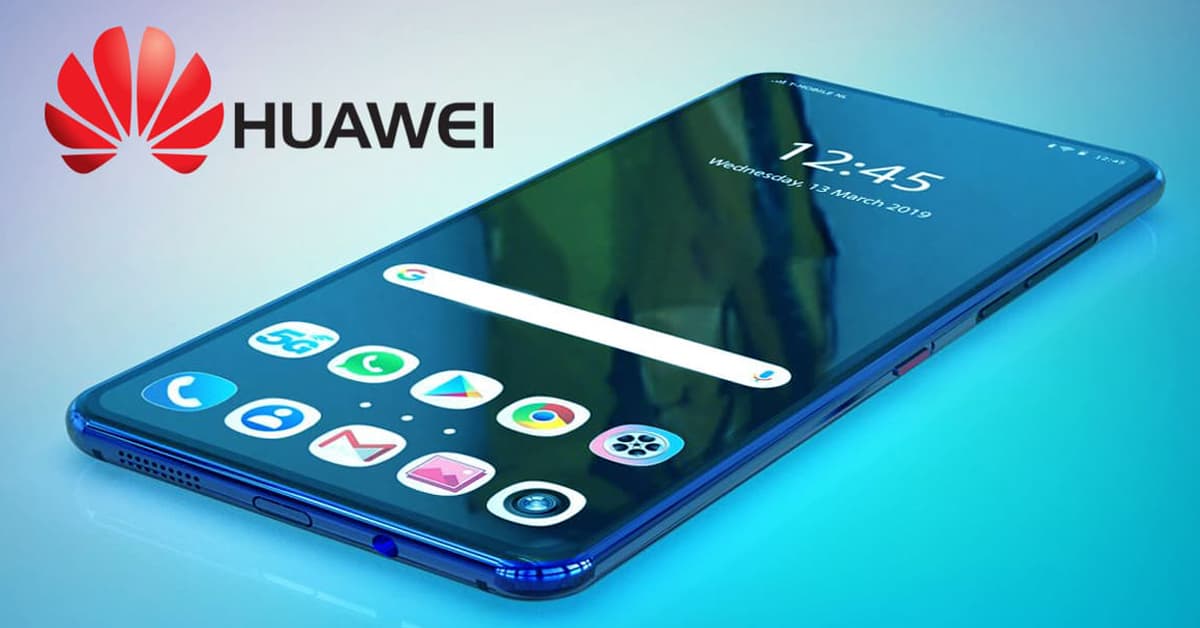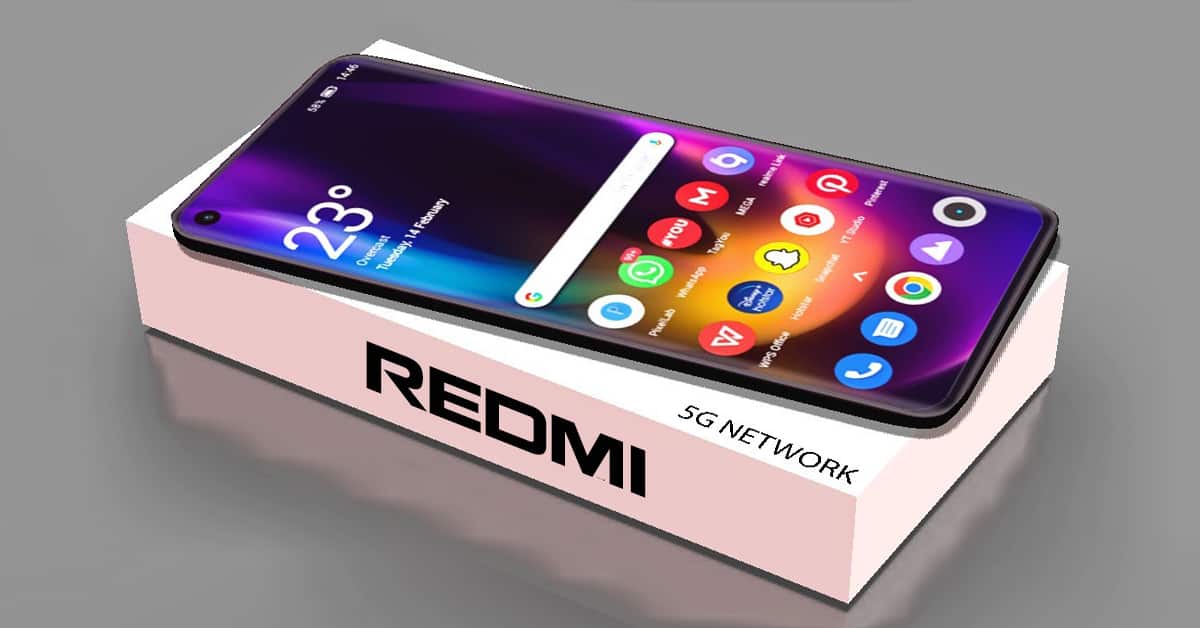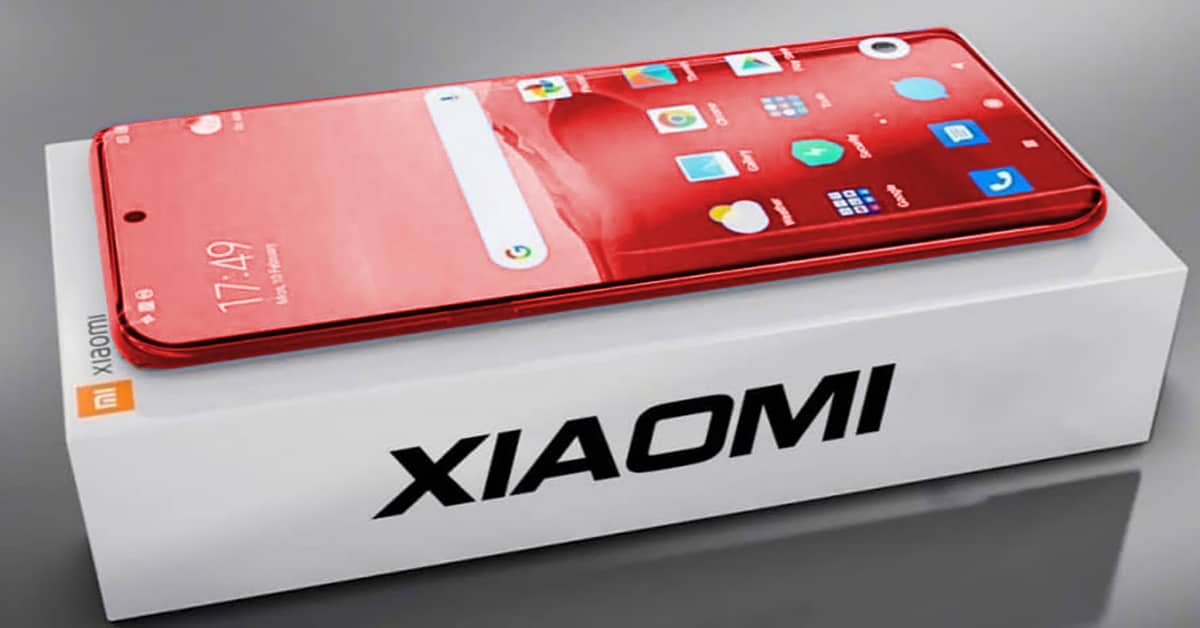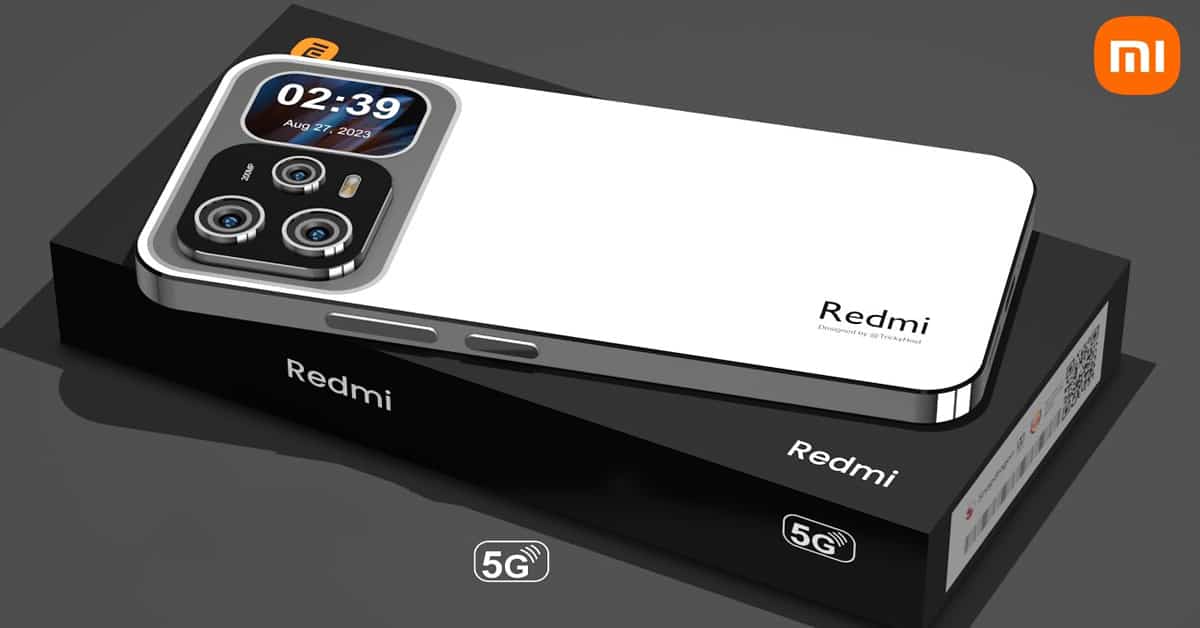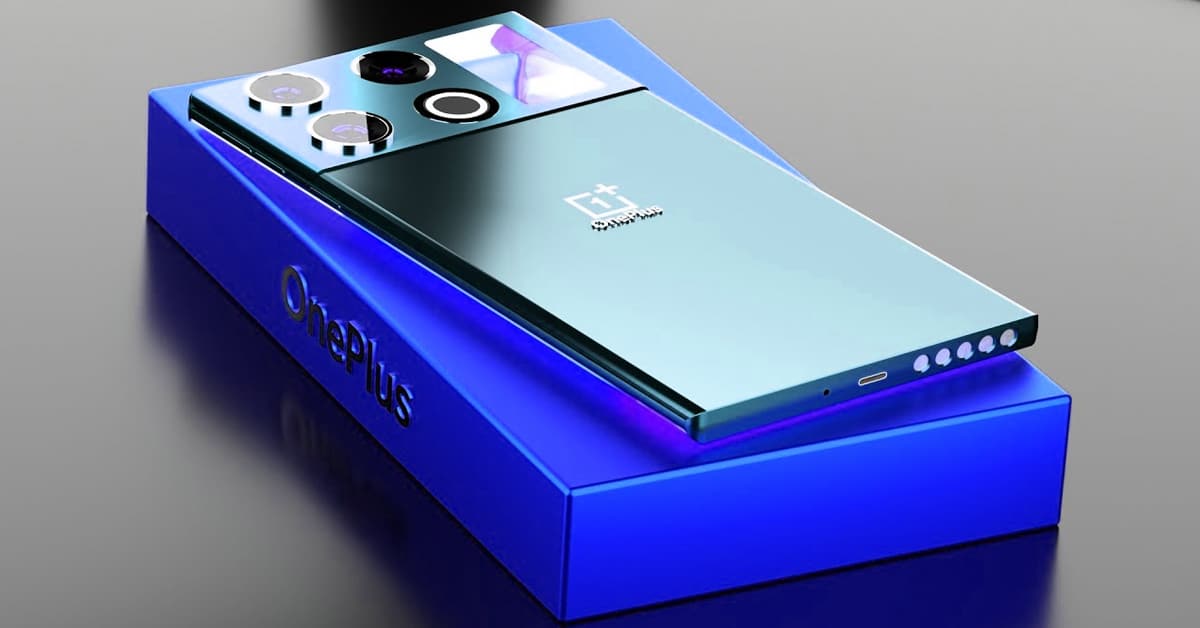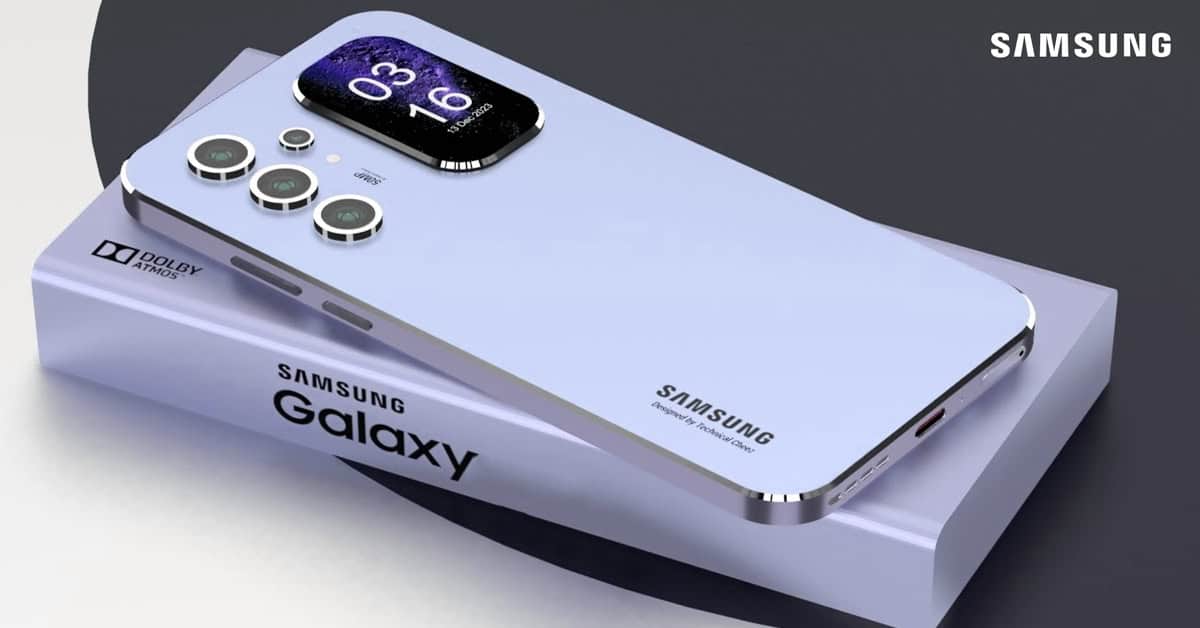Why do Android phones have huge RAM lately?
Asus announced Zenfone AR, the first smartphone in the world with 8GB RAM at CES 2017. Will this huge RAM thing become the newest trend in the smartphone race? And why do Android phones need to have so much RAM lately?
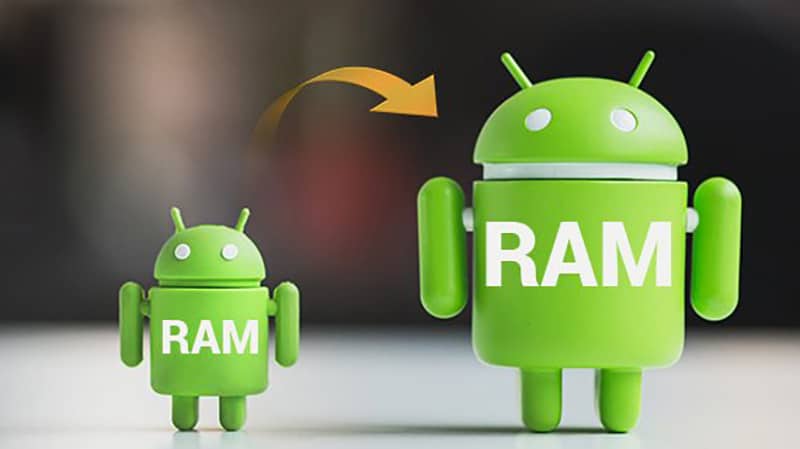
Why do Android phones have huge RAM lately?
Back in the day when Android was first announced, most phones only have 128MB or 256MB RAM. However, in today consumer market, we have seen phones with deca-core Helio X20, and at CES 2017 we witnessed the release of Asus Zenfone AR with 8GB RAM. That’s enough memory to surpass the performance of most laptops and budget PCs. So how did we end up here?
The answer lies in manufacturers incentive to improve their specs to grab the attention of many tech lovers out there. Besides, the price of DRAM has been steadily falling in the past couple of years. In 2016, 1GB LPPDR4 RAM only costs around $6, and the average price of each GB of RAM is only $5. With RAM at such a low price, there’s no reason for manufacturers not to include more RAM just to get bragging right about their latest devices.

Most common mobile applications won’t requires 8GB RAM to run so your phone should be fine for a while. However, as we are approaching the VR – AR era, consumers are demanding more and more from their phones, putting strains on both the amount of memory and its performance.
Do we need such a huge RAM?
With the arrivals of LPDDR4 and LPDDR4X memory offering up to 28.7GB/s bandwidth, many Android flagships has avoided bottleneck for graphics performance. If we want our smartphones to come close to the ability of modern PCs and game consoles, then our phones would not only need more memory but also faster RAM. With the path we are heading right now, it won’t be long until we see a smartphone with 16GB RAM capable of running VR apps.
